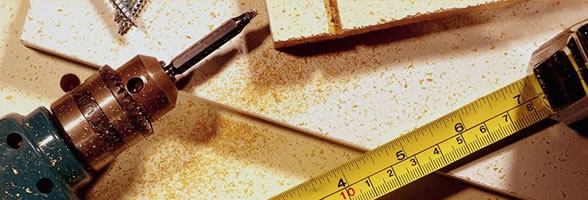
ART OF DON CA TAI TU MUSIC AND SONG IN THE SOUTH OF VIET NAM (INTANGIBLE CULTURAL HERITAGE)
03/05/2016 21:55
(TITC) - Art of Don ca tai tu music and song in the South of Viet Nam (hereinafter referred to as Don ca tai tu) is a musical art that has both scholarly and folk roots. It developed in the South of Viet Nam in the late nineteenth century. Don ca tai tu resonates with the lifestyle of the Southern people who work on the land and rivers of the delta region. It reflects their inner feelings and emotions, industriousness, generosity and courage.
Characteristics
Don ca tai tu has been influenced by some other forms of cultural heritage from the Central and South of Viet Nam such as ceremonial music (nhac le), classical theatre and folk song (hat boi). The repertoire of Don ca tai tu is based on 20 principal songs (bai to) and 72 classical songs (bai nhac co). These songs consist of skeletal melodies which are used as the basis for improvisation and variation. Don ca tai tu performers express feelings and sentiments by improvising, ornamenting and varying the skeletal melody of pieces and the main rhythmic patterns.
Instruments for Don ca tai tu performance include the moon-shaped lute (kim), two-stringed fiddle (co), 16-string zither (tranh), pear-shaped lute (ty ba), percussion (song lang), monochord (bau) and bamboo flute (sao). The violin and guitar are adapted. The guitar used by Don ca tai tu artists has a deep, hollowed-out finger board, enabling musicians to play special ornamentation characteristic of Don ca tai tu.
Don ca tai tu practitioners include master instrumentalists (thay don), who are highly skillful at playing and teaching numerous instruments and who have mastered all of the classical repertoire; master lyricists (thay tuong), who are knowledgeable and experienced at composing new song texts; master singers (thay ca), who have mastered the classical repertoire and who can perform and teach the distinctive Don ca tai tu vocal techniques and ornamentation. There are also regular instrumentalists (danh cam) and singers (danh ca).
Don ca tai tu is performed within hereditary musical families and by music ensembles and clubs. The audience can join practicing, making comments or creating new song texts.
Don ca tai tu is passed between generations through two methods: The traditional method of oral transmission astruyen ngon, truyen khau, which literally means “transmitting through the fingers and through the mouth”. For this traditional method, the master instrumentalists and singers directly teach learners who are members of ensembles, clubs or families. The second method combines traditional oral methods of transmission with a syllabus in many of the national and provincial schools of art and culture. Instrumentalists must study for at least three years in order to learn basic instrumental techniques, such as tremolo, glissando, trills, vibrato... They learn to perform solo or with other musicians in duets, trios, quartets, quintets or sextets. Vocal learners, performing either solo or in a duet, study the traditional songs. They learn to subtly improvise using different ornamentation techniques in a way that is in keeping with the musical aesthetics of the musical community and is appropriate for the particular melody, mode and song text performed.
The people in Southern of Viet Nam consider Don ca tai tu as an indispensible spiritual cultural activity in festivals, death anniversary rituals and celebratory social events like weddings and birthdays... The Death Anniversary of the Ancestors held annually on the twelfth day of the eighth lunar month.
Outstanding values
Originated in diversified cultural tradition of the Central and Southern regions of Viet Nam, Don ca tai tu is always an important element in social and cultural life of Vietnamese people.
Don ca tai tu is a cultural heritage value that mixes the influences of court music and popular music, and has been influenced cultural exchanges with Chinese, Khmer and Western populations.
The performance of Don ca tai tu also helps the community preserve other cultural practices and customs that are associated with festivals, oral culture, and handicrafts. Nowadays, Don ca tai tu is not only a cultural activity of the community, it also makes a contribution to sustainable tourism in the local area.
Clubs of Don ca tai tu
According to the inventory implemented in 2011, Don ca tai tu is practiced in more than 2,500 clubs, groups and families in 21 provinces and cities in the South of Viet Nam including An Giang, Ba Ria - Vung Tau, Bac Lieu, Ben Tre, Binh Dương, Binh Phuoc, Binh Thuan, Ca Mau, Can Tho, Dong Nai, Dong Thap, Hau Giang, Ho Chi Minh City, Kien Giang, Long An, Ninh Thuan, Soc Trang, Tay Ninh, Tien Giang, Tra Vinh and Vinh Long.
On 5 December 2013, at the 8th session of the Intergovernmental Committee for the Safeguarding of the Intangible Cultural Heritage held in Baku City (Azerbaijan), UNESCO recognized officially Don ca tai tu as Intangible CulturalHeritage of Humanity.
Source: https://vietnamtourism.com/
—————
